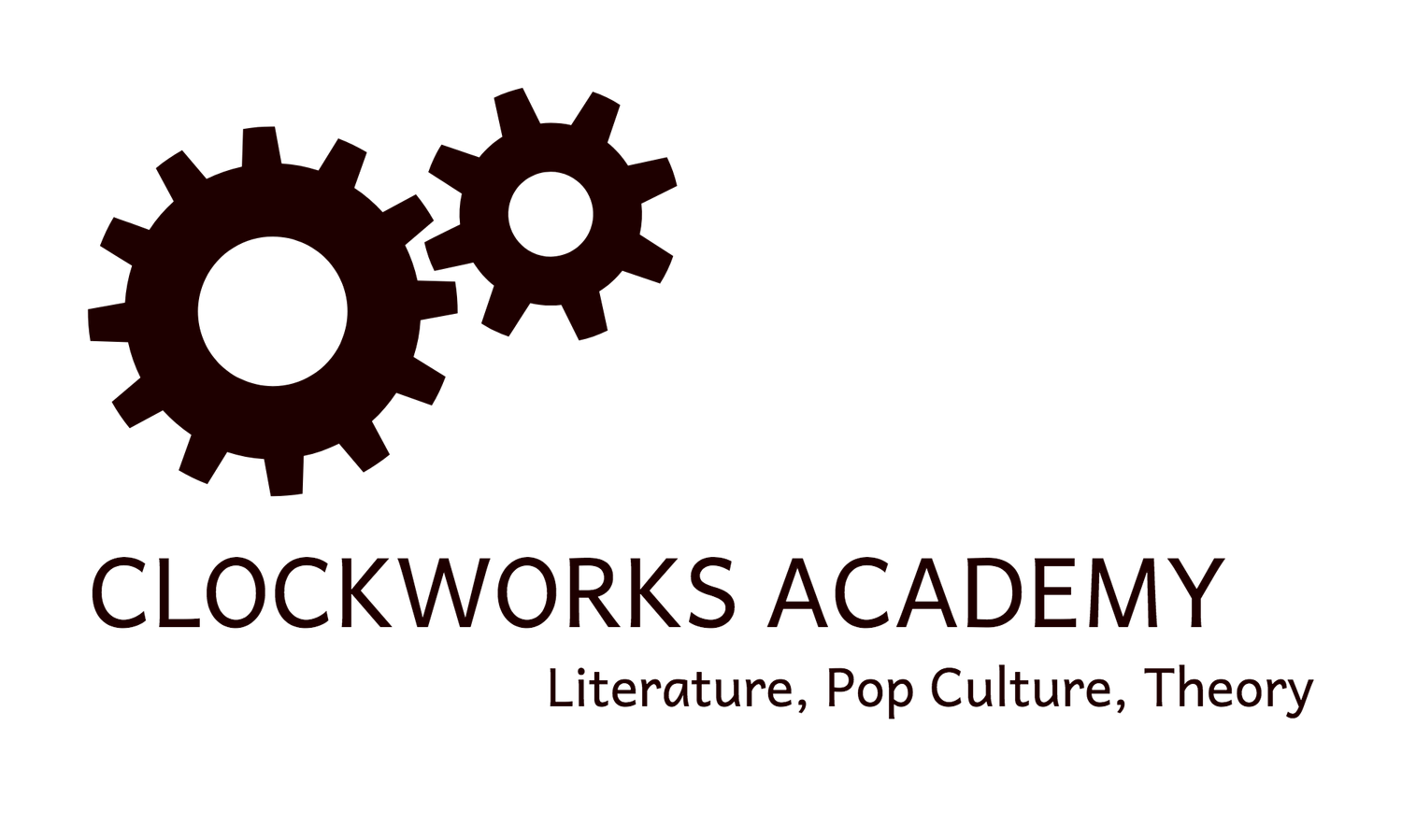Reading for Week Two: Selections from the Táin Bó Cúailnge
The Táin Bó Cúailnge (Cattle Raid of Cooley) is an Old Irish prose epic. The oldest version we have in writing dates from about the 12th century, though it is set in about the 1st century in pre-Christian Ireland and probably originates in the eighth century or earlier.
The central plot of the Táin involves Queen Medb of Connacht, who tries to steal the prized bull of Ulster, Donn Cuailnge, the Brown. Before our selection begins we learn that the Ulster men are all afflicted by birth-pangs for nine days, part of a curse placed on them by the fairy Macha. Only Cú Chulainn is unafflicted, so he fights alone against the armies of Connacht and their allies of Munster, Leinster, and Meath—in other words all of Ireland except Ulster.
Cú Chulainn is a nickname. It means “Hound of Culann.” Cú Chulainn’s birth name is Sétanta, but in his youth he killed Culann’s fierce guard dog (in self-defence) and as restitution had to work as Culann’s dog himself.
Cú Chulainn is not technically a werewolf, since he does not transform into a wolf, or into any animal. He does, however, transform into a monstrous form in order to be more bestial in battle, and as such I think his story is interesting and relevant in the greater context of werewolves in the European Middle Ages.
Please listen to this reading in preparation for week two of the Werewolves Course.
You can find an English translation of the Táin here: http://www.yorku.ca/inpar/tain_faraday.pdf. The corresponding sections to the selections I read are p. 20-22 and p. 54-59.
Reading from:
“Táin Bó Cúailnge .” Trans. Larissa Tracy, in Primary Sources on Monsters: Demonstrare vol 2. Ed. Asa Simon Mittman and Marcus Hensel. ARC Humanities Press, 2018. 61-66.
Music:
Dvořák, Antonín. Symphony no. 7, Op. 70.
